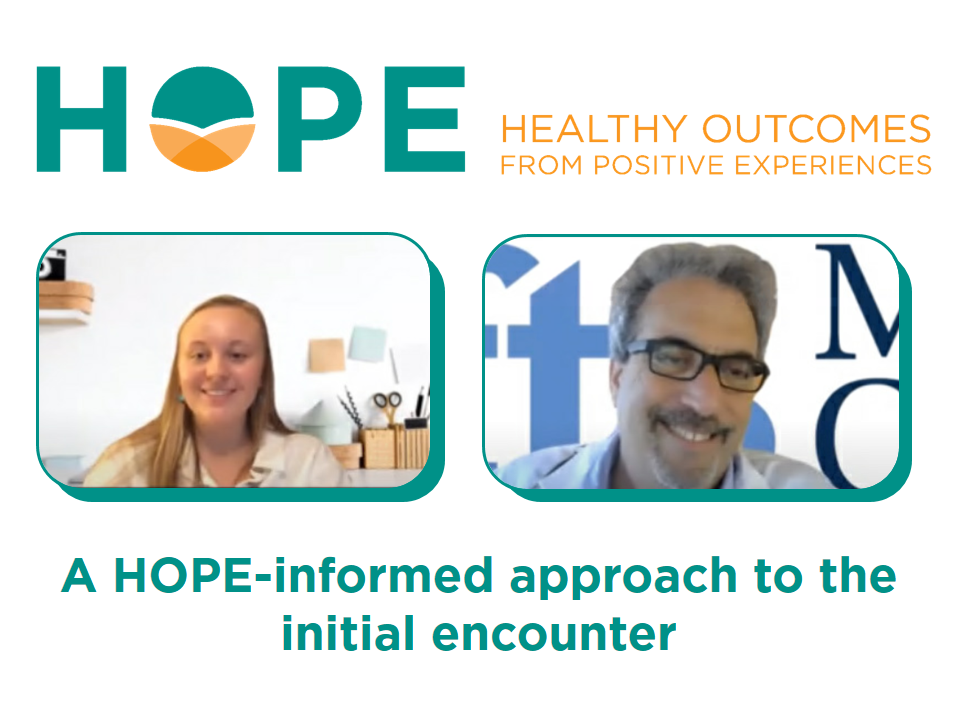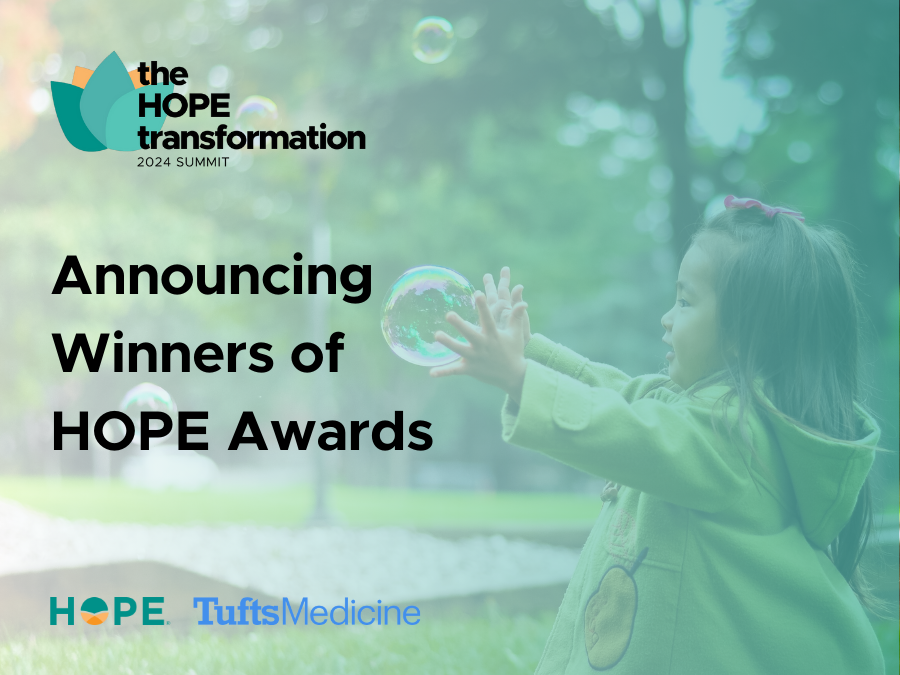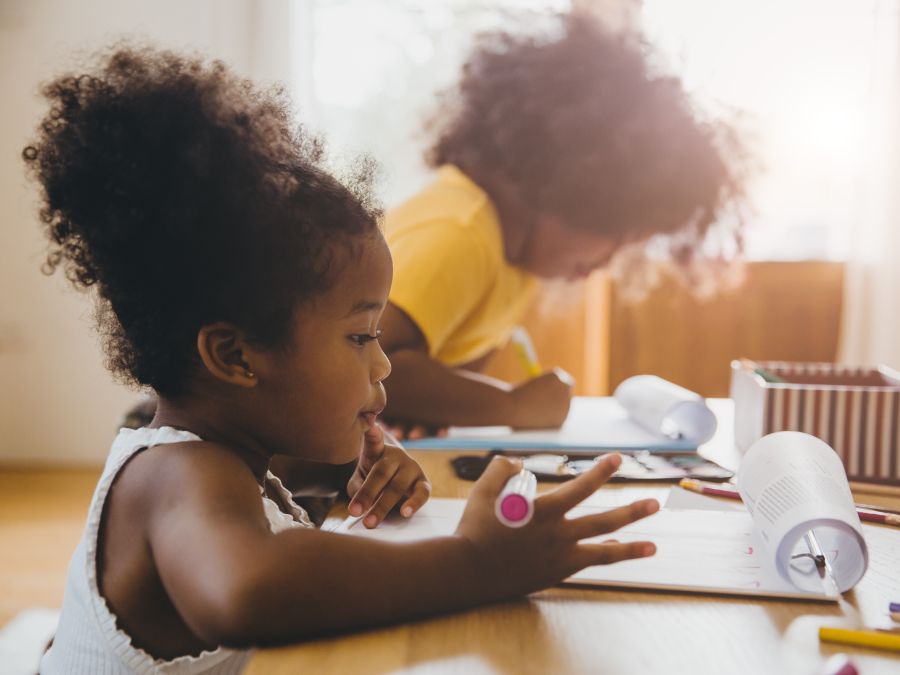
How can providers translate HOPE into action? Faced with the multiple demands and increasing accountability of every aspect of the encounter, where does an assessment of assets fit in?
To answer that question, we take a step back and remember the dynamics of an initial encounter. Patients/clients approach their first meeting with a new provider nervously: will this new person judge me? Do I really need or want what they have to offer? For their part, providers generally want the visit to go well and face the task of getting enough information to begin to develop a plan.
This group of three short videos provides an example of how HOPE offers a shift in mindset that supports the initial encounter, emphasizing the importance of seeking out the strengths in the people who come for help. When we only screen for problems, we miss out on obtaining critical information about a person. In doing so, providers can make a person feel labelled as damaged or risk blaming an individual for community or societal problems without seeing their strength and resilience. People are not a list of problems that need to be solved. Every one of us brings inherent strengths and a history of positive experiences.
The initial encounter works better when providers actively seek out and promote these crucial assets. To illustrate how a practitioner can be more HOPEful in their initial encounter with an individual, Dr. Robert Sege demonstrates a HOPE-informed approach in these teaching videos.
The first video depicts (in an exaggerated fashion) a cold approach to using an evidence-based screen during an initial encounter. In this video, a somewhat rushed physician dives right into asking his young patient about her drinking, hurrying through questions on a checklist. Although successful at completing the checklist, he appears to leave his patient feeling judged, or even ashamed. She seems unlikely to follow through on the recommendations offered at the end of the encounter.
In the second video, Dr. Sege demonstrates a HOPE-informed approach to the same initial encounter. Keeping the four building blocks of HOPE in mind, he initiates the interaction by asking about positive things in the teenager’s life. He very quickly learns that she feels safe at home and school, is engaged in her community, and he gets a sense of her social and emotional development. He celebrates these attributes. Dr. Sege then uses the same evidence-based screen to make appropriate recommendations, this time tailored to what he has learned about her. Having taken just one more minute for a warm conversation, he has fostered a collaborative relationship with the patient, who is more likely to take advantage of the resource he offers and have more successful encounters in the future. Just to reiterate – the HOPE approach in this demonstration is only about one minute longer than the traditional approach.
In the final video, the actress who played the part of the patient reflects on what these two approaches felt like to her. Listen to her, and think about the positive return from investing that extra minute. When you watch the videos, see if you can spot the differences. Regardless of your own specific work, think about how to use what you have learned to incorporate HOPE into your encounters. You can also find these videos on our Resources page—please feel free to these videos and what you have learned with others. We welcome your comments and feedback.
Thank you to Annika Linkenbach for playing the part of the patient in each video.


